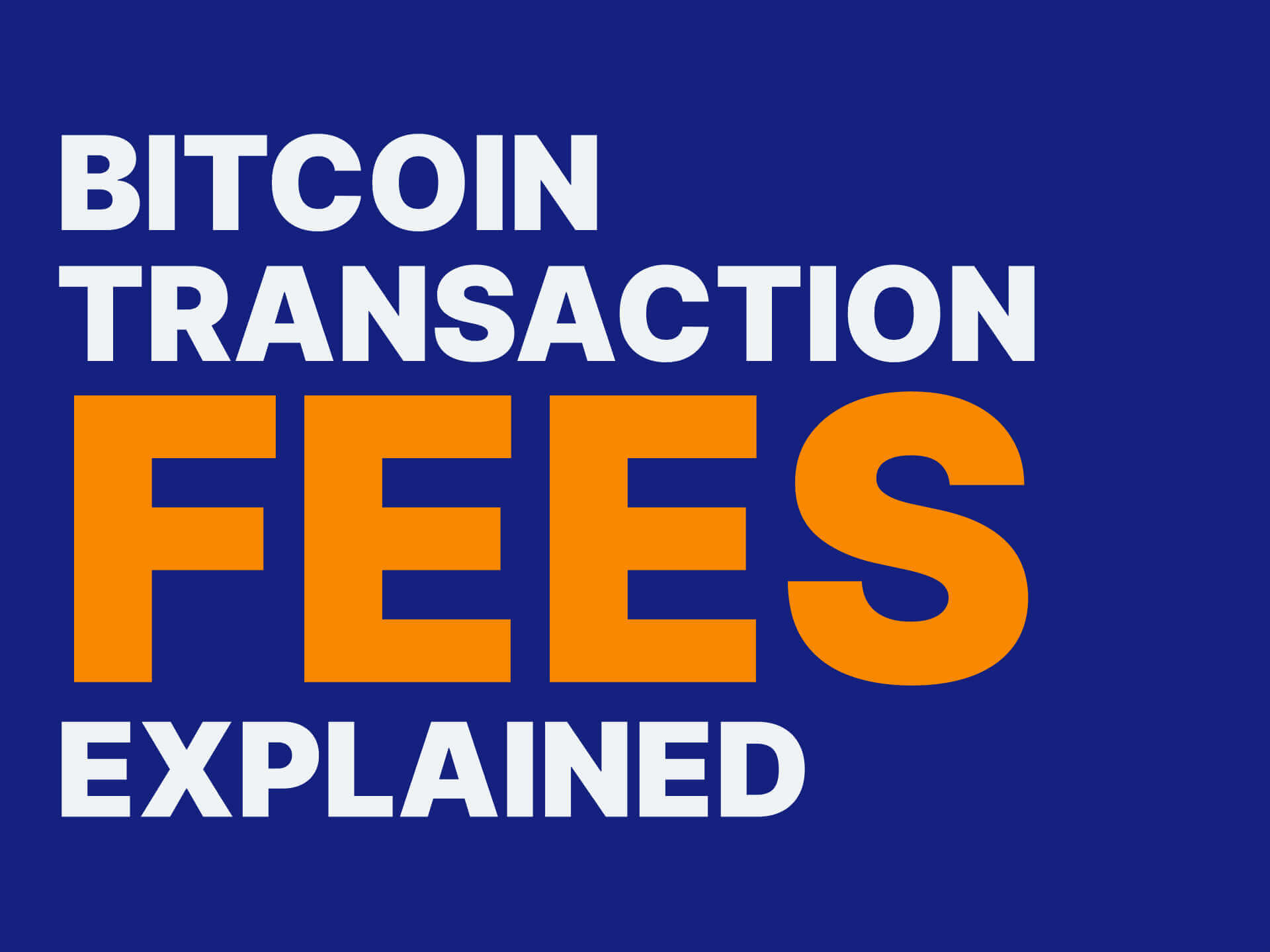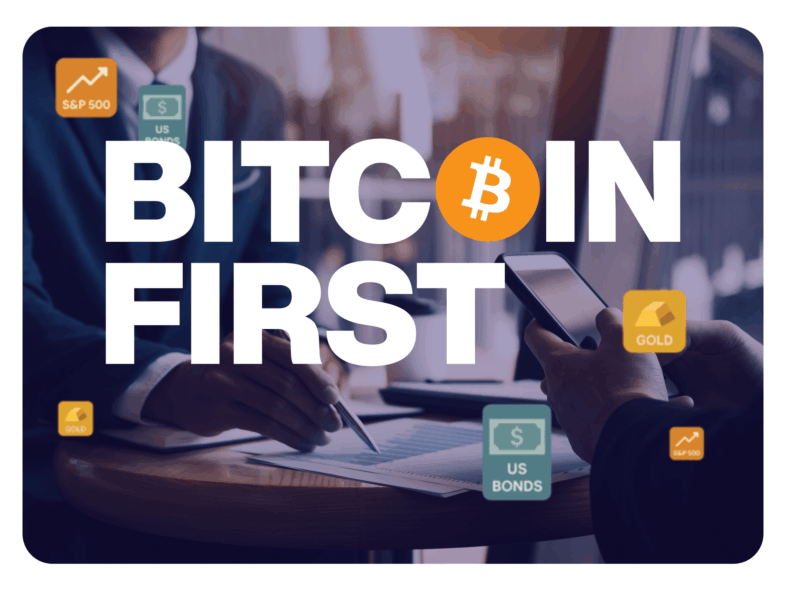In a Nutshell
Roughly every ten minutes a new block in the Bitcoin blockchain validates pending transactions. However, block space is limited. So if you want your bitcoin transaction validated and included in the next block, you can increase the fee attached to your bitcoin transaction. The more the Bitcoin network is being used at the time you want to transact, the higher fees need to be to process your transaction in a timely manner. Relai automatically calculates network fees, which is why bitcoin transactions fees will vary when you send BTC using your Relai Bitcoin wallet.
Now, let’s look at bitcoin transaction fees in more detail, starting with how bitcoin transactions work.
How Do Bitcoin Transactions Work?
To understand Bitcoin network fees, we have to look at how bitcoin transactions work first.
A bitcoin transaction is a transfer of value on the Bitcoin network.
Bitcoin utilizes public-key cryptography (PKC) to ensure the integrity of transactions. For Bob to transfer bitcoin to Alice, each of them must have pairs of public and private keys. The keys control the amount of BTC each party owns. The public key is represented by a series of letters and numbers that a party shares as a wallet address to receive bitcoin. Conversely, a private key is kept secret. It enables the holder to spend any bitcoin associated with the public key.
A party in a bitcoin transaction can use their private key to sign transactions and transfer value to another party. The transaction is then broadcast to the network, where nodes verify that the sender’s private key can access the inputs.
Once the transaction is transmitted to a node, the node passes it along until it reaches a mining node. The miners will then include this transaction into a ‘block’. The block is broadcasted to the network’s nodes that will include it in their copies of the blockchain.
Why You Need to Pay Transaction Fees
According to Bitcoin creator(s) Satoshi Nakamoto, Bitcoin network fees serve to prevent spam transactions that could clog and slow down the network.
In theory, transaction fees reflect how fast participants want transactions validated on the network.
When a miner validates a new block, they receive the transaction fees associated with that block. The transaction fees combined with the block subsidy constitute the block reward.
Mining new blocks in the Bitcoin blockchain requires significant computing power and energy. Rising transaction fees encourage miners to continue validating transactions as they receive not only the block reward but also transaction fees as a financial incentive to continue to secure the Bitcoin network.
What Determines On-Chain Bitcoin Transaction Fees?
Bitcoin on-chain transaction fees are derived from the volume of transactions and network usage.
A block has a theoretical maximum of 4 MB of data, and this places a limit on how many transactions can be processed in a single block. Because large transactions require more data to be processed, transacting parties end up paying fees on a per-byte basis.
The transaction fees are calculated in satoshis per unit of data consumed on the Bitcoin blockchain referred to as Sats/vByte. The total fee needed for a transaction to be confirmed is calculated as the rate multiplied by the size of the transaction.
Therefore, anyone seeking to transfer bitcoin immediately will input a higher fee rate to facilitate the transaction. However, if you are ok to wait and receive your funds within a day or later, you can set a lower sats/vByte fee for your transaction.
To start sending, receiving, and investing in bitcoin, download the Relai app (Android/ iOS) today.





